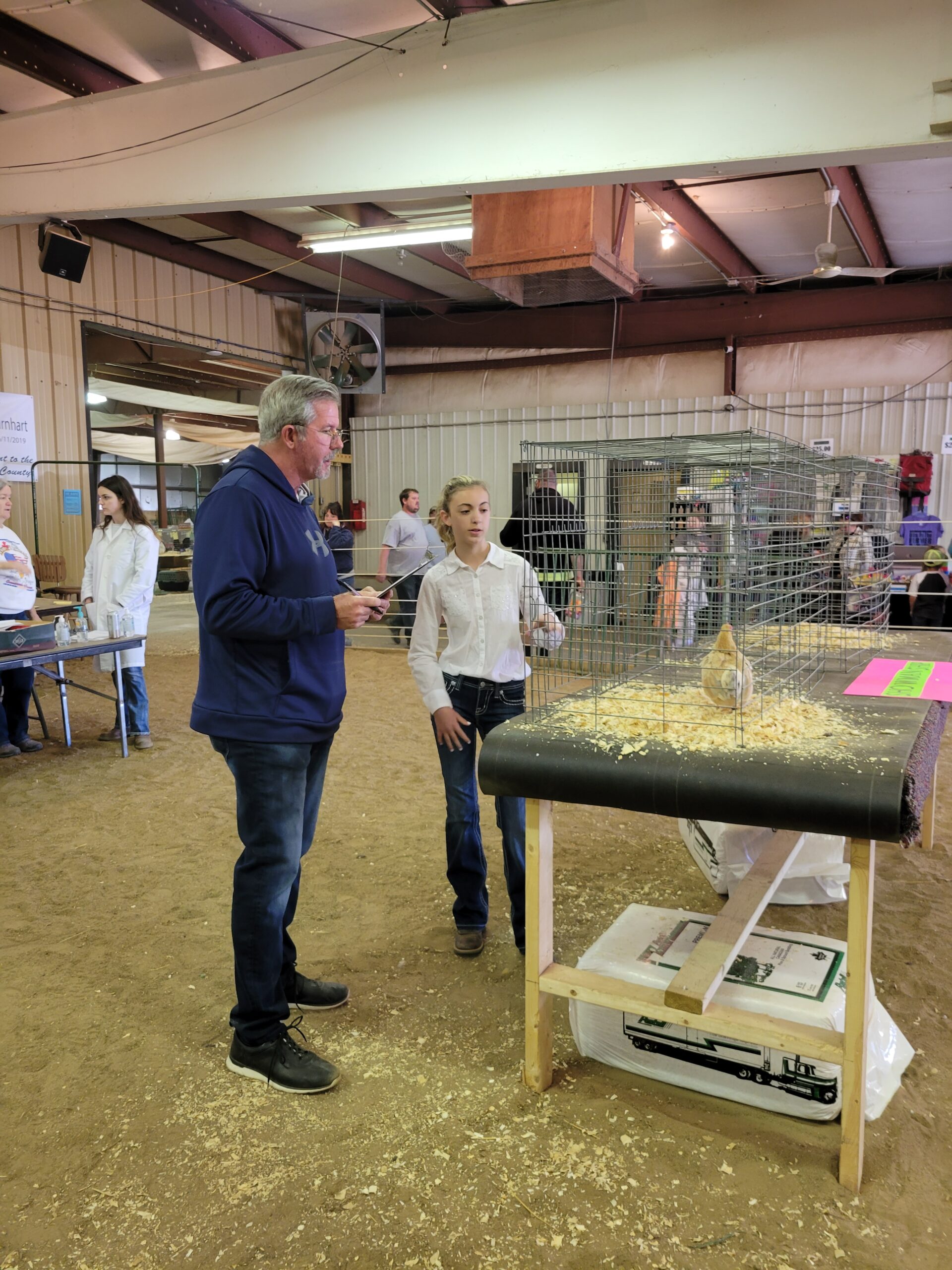Selecting a Showmanship Bird
Maybe you are just starting out with poultry showmanship, or perhaps you are a long-time exhibitor looking to freshen up your routine so you can finally take that blue ribbon home. Whatever the reason, right here you are going to find some interesting tips and tricks for showing practically any species of poultry in the showmanship class! Before we go too far into discussing complicated stuff, like turkey showmanship (yes, that’s a thing!) or tackling tricky tie-breakers, let’s talk about selecting and preparing the bird that best fits you.
When selecting a showmanship bird, you are going to want to select an active individual that is thrifty, intelligent, and a good example of its breed. Starting with a quality bird that meshes well with your personality is key to future success in the showmanship ring. Personally, I like to pick a bird that enjoys strutting its stuff, because it is easier to pose quickly and generally walks better than a more reserved or calm bird. As a general rule of thumb, birds with crests or feathered legs are not always the best choice for a showmanship bird, because birds with crests are easily spooked and feather legged birds don’t usually walk well. Of course, there are always exceptions to these rules, but it is generally the safer option to leave these kinds of birds for the caged portion of the show, and use a breed better suited for showmanship.
It is crucial to select a quality bird that readily holds a pose and walks with a good pace because there is so much emphasis placed on the actual bird, that having a poor one could be the difference between winning and losing showmanship. Don’t choose an unthrifty (sickly), lazy, skittish, aggressive, or “quirky” bird, as you will lose a lot of points throughout the scorecard. You also want to make sure you have trained at least one backup bird (or two or three) in case of any misfortune falling upon your primary showmanship bird.
I have competed using a wide variety of birds, from market turkeys to stuffed chickens (it’s a California thing), Sumatra Bantams, Modern Game Bantams, Leghorn Bantams, Wyandotte Bantams, and many others. Along the way, I realized that there is no one “ideal” breed, but rather characteristics shared by certain special individuals that make them far superior candidates to other birds.
Written by Elizabeth Wilson
